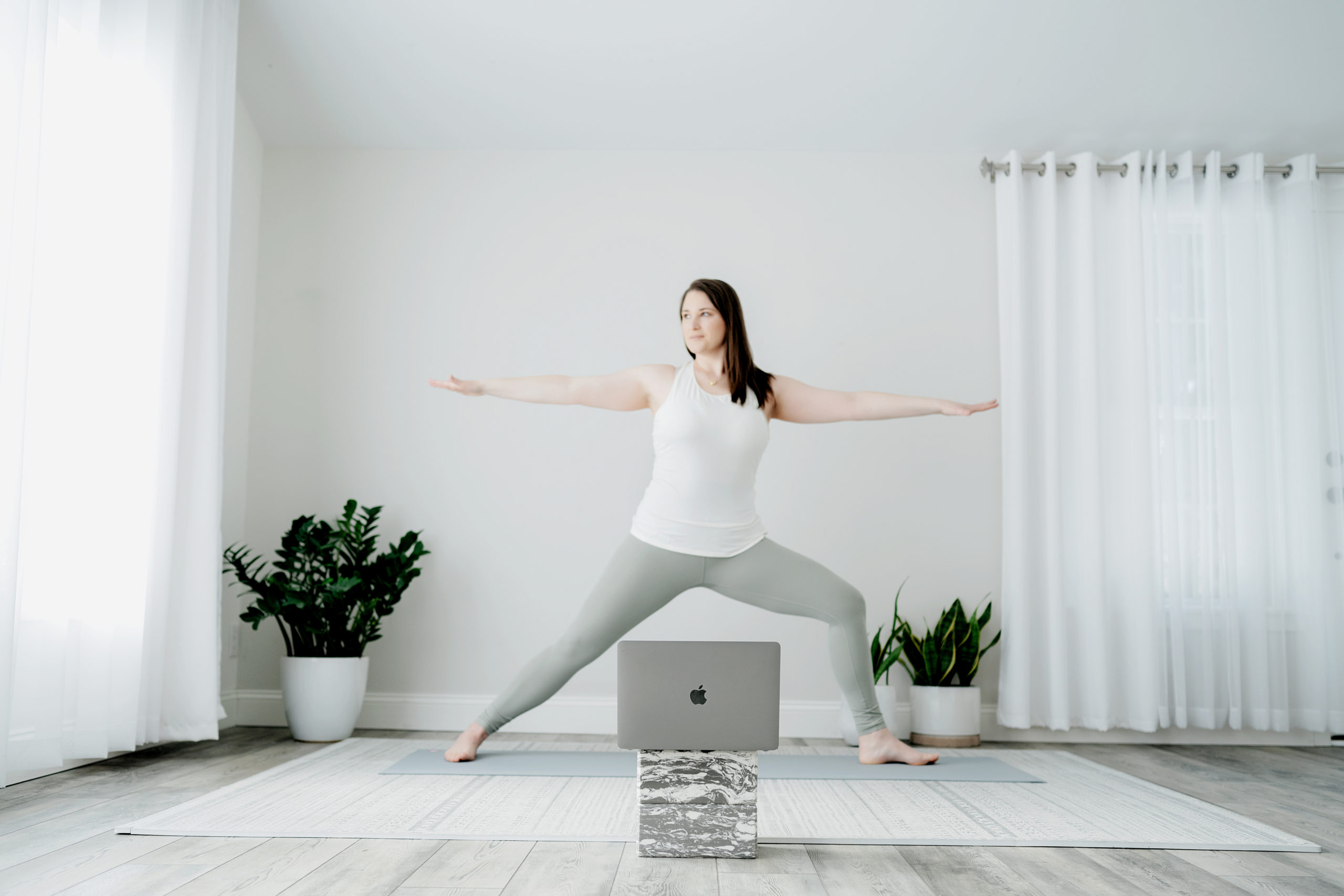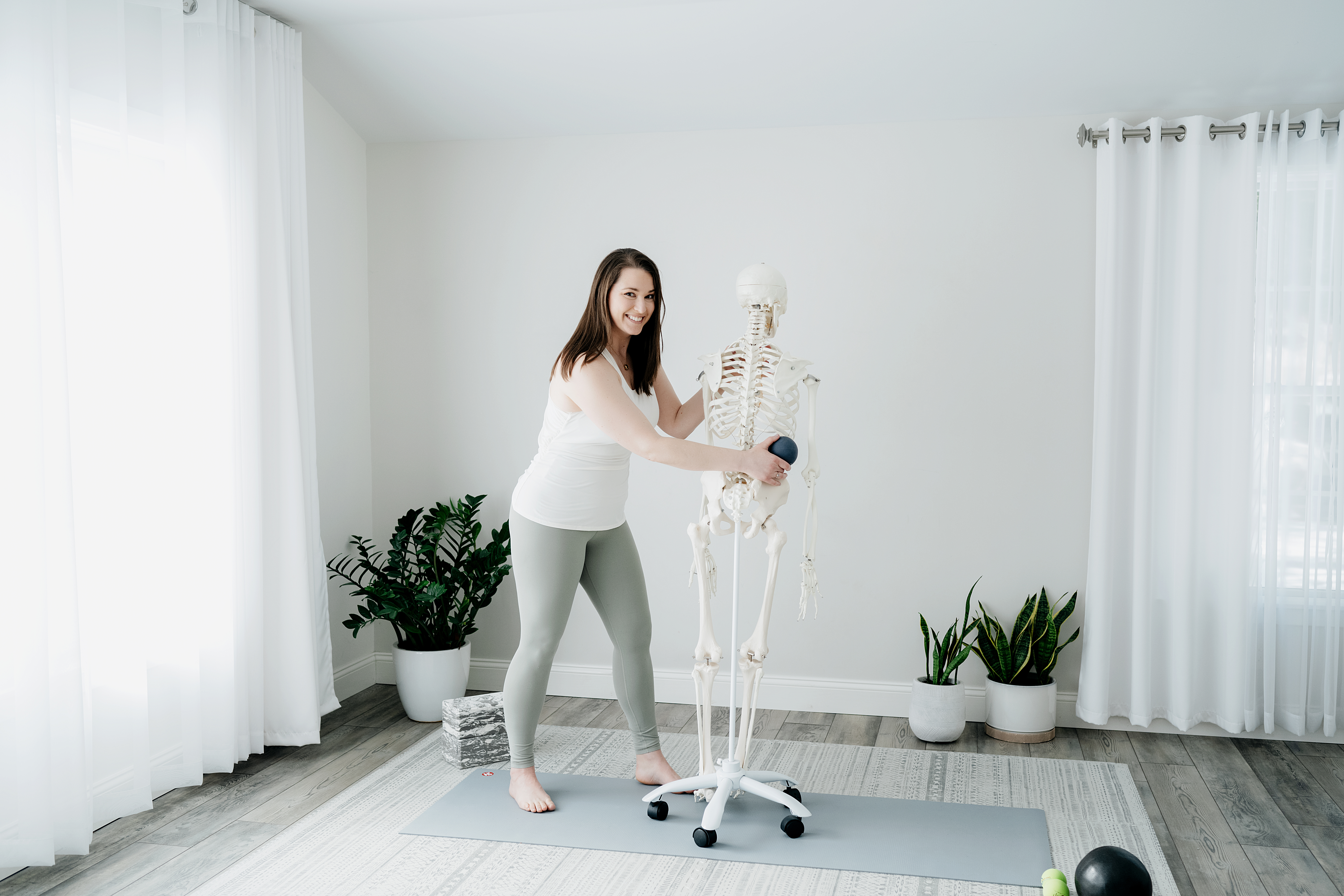What do you feel when you see this picture? (Other than longing for a vacation.)

Does just looking at the expansive sky and rolling hills give you an internal sigh of relief?*
This feeling of “Aaaahhhh…” is your autonomic nervous system’s response to widening your field of vision – like standing on the beach and looking out at the ocean. But, you don’t need to be at the beach to get the benefits; looking out a window or stepping out your front door automatically widens your focus. And it’s a simple way to destress and feel at ease.
Here’s how it works (plus a little overview on your nervous system)…
Your autonomic nervous system regulates your digestion, elimination, heart rate, breathing, and stress or relaxation response automatically – so you don’t have to remember to beat your own heart while washing dishes. It’s divided into two branches: rest and digest (parasympathetic nervous system) and fight or flight (sympathetic nervous system). These two systems respond to internal and external stimuli and either signal your body to chill or tense. Visual stimulation is one of many sensory inputs.
Your eyes – and thus your brain, because your eyes are just the part of your brain that’s outside of your skull – process visual information in multiple ways. Let’s explore two. The first is focal vision, which allows you to focus on one particular spot – like reading this newsletter on your screen. The second is panoramic or peripheral vision, which enables you to see up, down, right, left, and forward all at the same time – like gazing at the stars in the night sky.
So, how does this tie into your nervous system?
Focal vision is associated with amping up your fight or flight response, which is useful if you need to pay attention to a task for a little while. But, when you’re locked into this high-focus mode of visual input for longer than your nervous system can tolerate, you may feel stress and tunnel vision. This happens after looking at a computer screen for too long. And to take a break from your computer screen, what you grab? Your phone, which keeps your eyes stuck in focal vision. (No judgement, I do it too!)
You may have guessed by now, that panoramic or peripheral vision is associated with creating a relaxation response in your body. That means staring off in space, looking out your window, or stepping outside can generate feelings of ease and calm. Your eyes will automatically shift from focal to panoramic vision (barring any eye issues).
To feel it now, stare at a point a few feet in front of you, then allow your awareness to expand outward so you take in as much of your surroundings as possible.
Take this practice outside for added benefits!
Activities like walking, running, and cycling outside naturally make use of your peripheral vision. You can maximize your work break by taking a walk around the block, which not only expands your field of vision, but includes all of the other stress relieving goodness of movement. Moving yourself outside will deepen your breath, lubricate your joints, boost Vitamin D, and more, making it easier to finish your shift, work project, or transition from work life to home life.
Don’t worry if you can’t go for a long walk. A little panoramic vision goes a long way. Take short breaks throughout the day to stare out the window instead of at your phone. Go for a short walk or two. It’s like slowly adding coins to a jar, soon you’ll have $20. Many moments of down regulation add up for your nervous system, so it becomes more resilient at switching from fight or flight to rest and digest.
Thanks for your focus while reading, now give your nervous system a little stress free snack by staring off into the distance for 30 seconds.
*Yes, you used focal vision to look at the picture on the screen. It’s more likely that any relief came from a memory of a felt experience from looking at a landscape in nature.







0 Comments